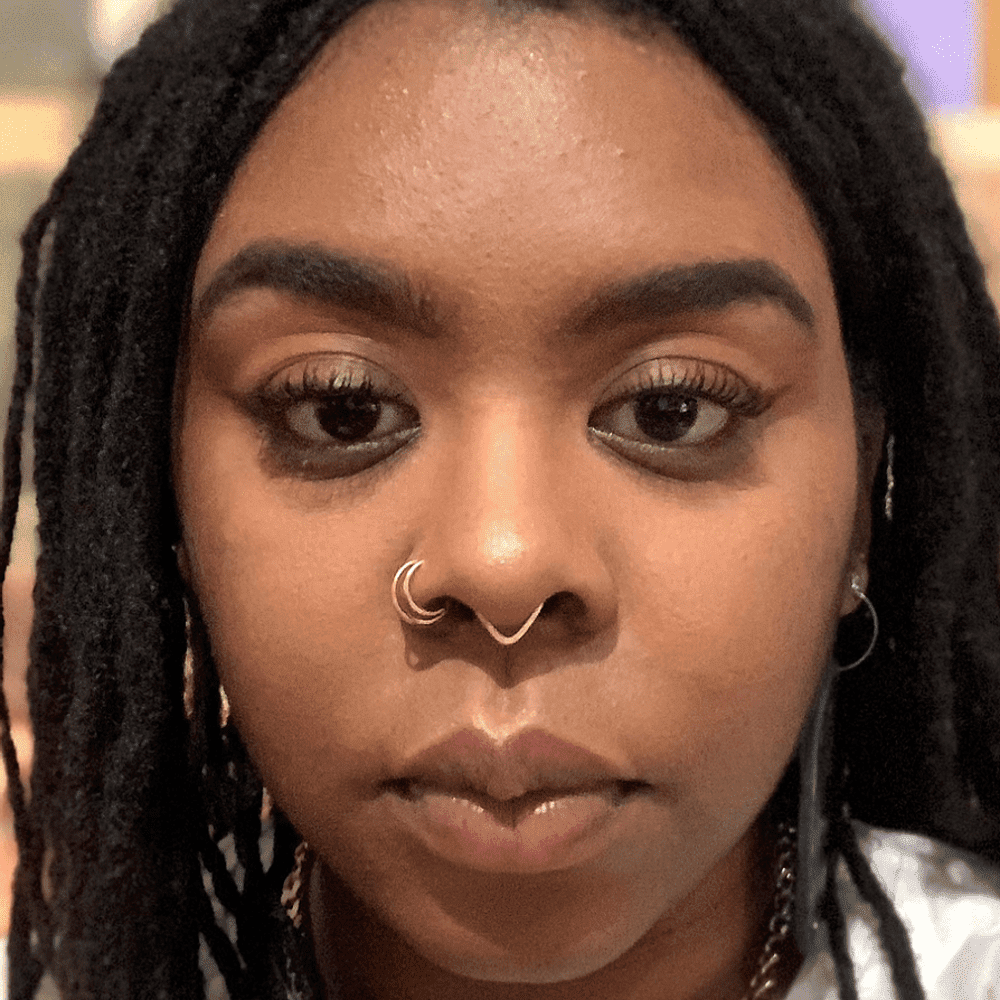The Role and Legacy of HBCUs in Higher Education
- Historically Black colleges and universities graduate low-income students at higher rates.
- HBCUs are credited with creating the Black middle class.
- The number of non-Black students attending HBCUs has been increasing for the past four years.
- Despite funding issues, HBCUs continue to see a rise in enrollment.
Historically Black Colleges and Universities (HBCUs) have played a significant role in American history for well over a century. The list of notable HBCU alumni is long and includes the likes of Thurgood Marshall, the first Black Supreme Court Justice, and Kamala Harris, the first Black vice president of the United States.
According to a report by the United Negro College Fund (UNCF), HBCUs make up only 3% of higher education institutions in the United States, yet they enroll 10% of all Black students, making them an essential part of the higher education landscape.
The History of Historically Black Colleges and Universities
Historically Black colleges and universities (HBCUs) are defined as institutions established before 1964 with the mission of educating Black people since they were denied admission to white institutions. The first HBCU was Cheyney University of Pennsylvania, established by the Quakers in 1837, with the goal of preparing free people of African descent to become teachers. In 1854, Ashman Institute — later renamed Lincoln University — became the first HBCU to actually grant degrees.
Wilberforce University in Ohio opened its doors in 1856 as the first HBCU to be owned and operated by Black people under the leadership of the African Methodist Episcopal Church.
Today, there are over 100 HBCUs. These institutions range from public and private, to four-year and two-year community colleges. HBCUs offer associate, bachelor’s, master’s, and doctoral degrees. You can also earn professional degrees at HBCUs in fields such as criminal justice, medicine, and veterinary science.
HBCUs’ Role in Closing the Racial Wealth Gap
Historically Black colleges and universities are credited with creating the Black middle class. According to the Thurgood Marshall College Fund, HBCUs produced 40% of all Black members of Congress, 40% of Black engineers, 50% of Black lawyers, and 80% of Black judges.
Additionally, 70% of Black doctors in the United States attended an HBCU. In terms of financial earnings, a report by the UNCF also found that graduates of HBCUs can expect to earn an additional $927,000 in their lifetime — 56% more than they would earn without a college degree.
Why Are HBCUs Still Important?
Founded during an era when the U.S. did not consider Black people citizens by law, upheld their ongoing oppression and discrimination, and denied them basic civil rights, HBCUs provided Black people the opportunity to get a higher education. The majority of white institutions denied Black applicants solely based on their skin color.
If it were not for HBCUs, many Black students would not have the opportunity to attend college. There are a number of HBCUs with open admissions policies, allowing students who struggled in high school or who come from low-income families the chance to attend college. HBCUs create a space where students of all socio-economic backgrounds can feel welcomed and thrive.
Admissions at HBCUs Today
According to the National Center for Educational Statistics (NCES), enrollment at HBCUs is up by 57%, with a 30% increase in applications over the last four years. While HBCUs have always been poised as being welcoming educational environments for Black students, they have also attracted non-Black students because of their locations, scholarship offerings, affordability, academic programs, and sports.
In 2022, non-Black enrollment at HBCUs was 24%, with 11% White students, 8% Latino/a students, and 2% American Indian or Asian students. About 2.5% of those enrolled at HBCUs are international students, mainly from Africa and the Caribbean.
Funding Disparities That HBCUs Face
HBCUs have faced funding disparities since their inception. After an investigation by Forbes, The Department of Education recently revealed that 16 land grant HBCUs were underfunded by $13 billion over the last 30 years by their respective states, while predominantly white land grant institutions received adequate funding.
This prompted the Secretary of Education and the Secretary of Agriculture to send letters to the governors of these states, directing them to make the corrections over the course of several years or commit to a substantial allocation. Though federal funding, corporate donations, and alumni donations help colleges financially, state funds make a major difference in how institutions can help their students. Adequate funding can make a significant impact on academic programs, student services, scholarship offerings, and technology and infrastructure upgrades.
Explore More College Resources

How HBCUs Are Creating a College Pipeline for Formerly Incarcerated Students
To reverse the school-to-prison pipeline, colleges are creating access for formerly incarcerated students. Learn how these programs are flipping the script.

by Sydney Clark
Updated September 22, 2022



